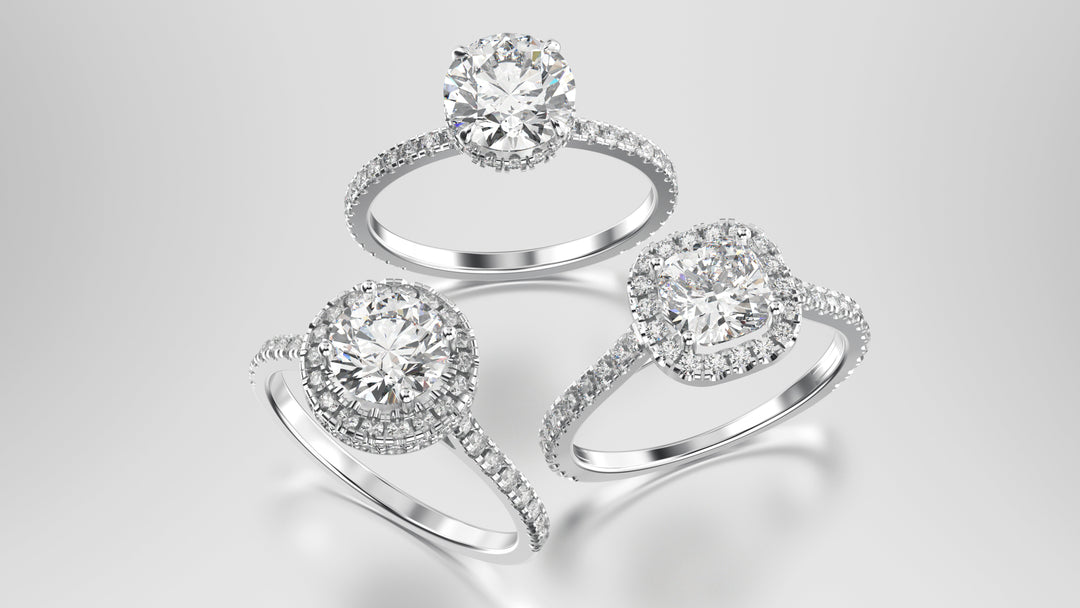It’s uncommon not to check for imperfection when buying a gemstone. After all, you are paying a fortune and want to exchange it for value. But with diamonds, perfection is rare.
Due to extreme heat and pressure, diamonds develop natural flaws called inclusions. How do inclusions affect the quality of a diamond? Keep reading to find out.
What Are Diamond Inclusions?
Inclusions are imperfections within the diamond’s structure that influence its clarity properties. All diamonds have inclusions but are visible in high magnifying power.
Slight inclusions do not affect the clarity of a diamond. However, diamonds with many or large inclusions have poor clarity and are less valuable.
Types Of Diamond Inclusions
Since not all inclusions are equal, gemologists classify them depending on their appearance. Below are the types of diamond inclusions:
- Diamond cavities- These inclusions form a small hole in the stone. They are the rarest and lower the quality of diamonds, making them only usable in industrial tools but not jewelry.
- Feather inclusions- These imperfections rank second in occurrence. They feature small cracks in the stone that lower a diamond’s durability.
- Pinpoint inclusions- Most common inclusions and appear as small black spots.
How Do Gemologists Grade Inclusions In Diamond?
Diamond labs such as the Gemologist Institute of America grade inclusions depending on their effect on the diamond’s clarity. The grading depends on:
- Size of inclusion- The larger the size, the lower the clarity.
- Visibility- It involves checking the number of visible inclusions. Many visible inclusions lower the gem’s quality.
- Location- Inclusions at the center affect the clarity of a diamond more than those at the bottom.
Finally
It’s rare to find a diamond without inclusions. But, it’s necessary to assess the type, size, and the number of inclusions because they affect the clarity and durability of a diamond.
Are you looking for fine diamond jewelry? We sell everything from rings, necklaces, and earrings. Contact us today.





